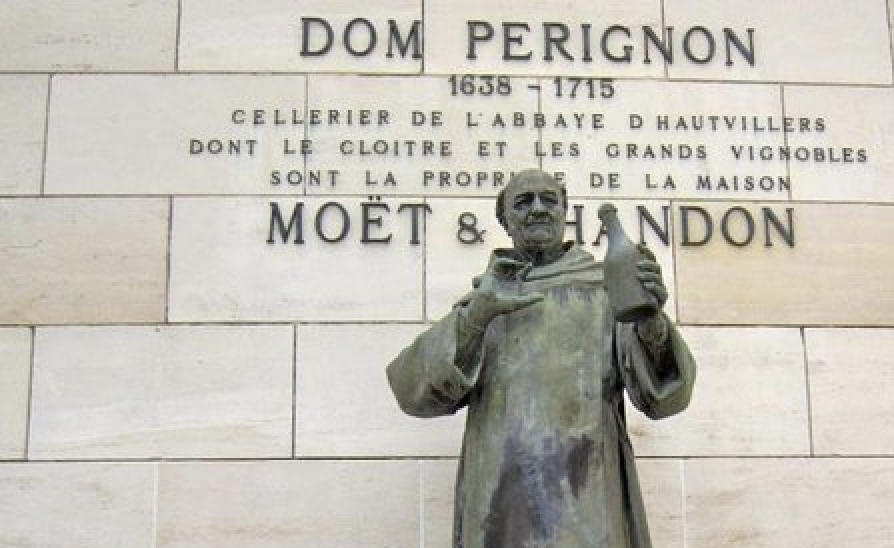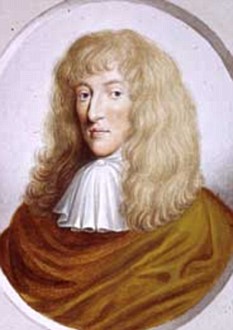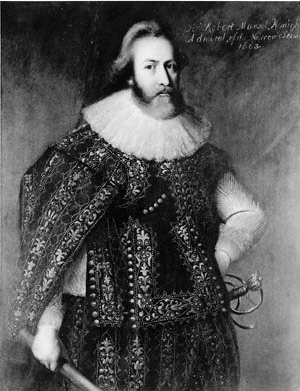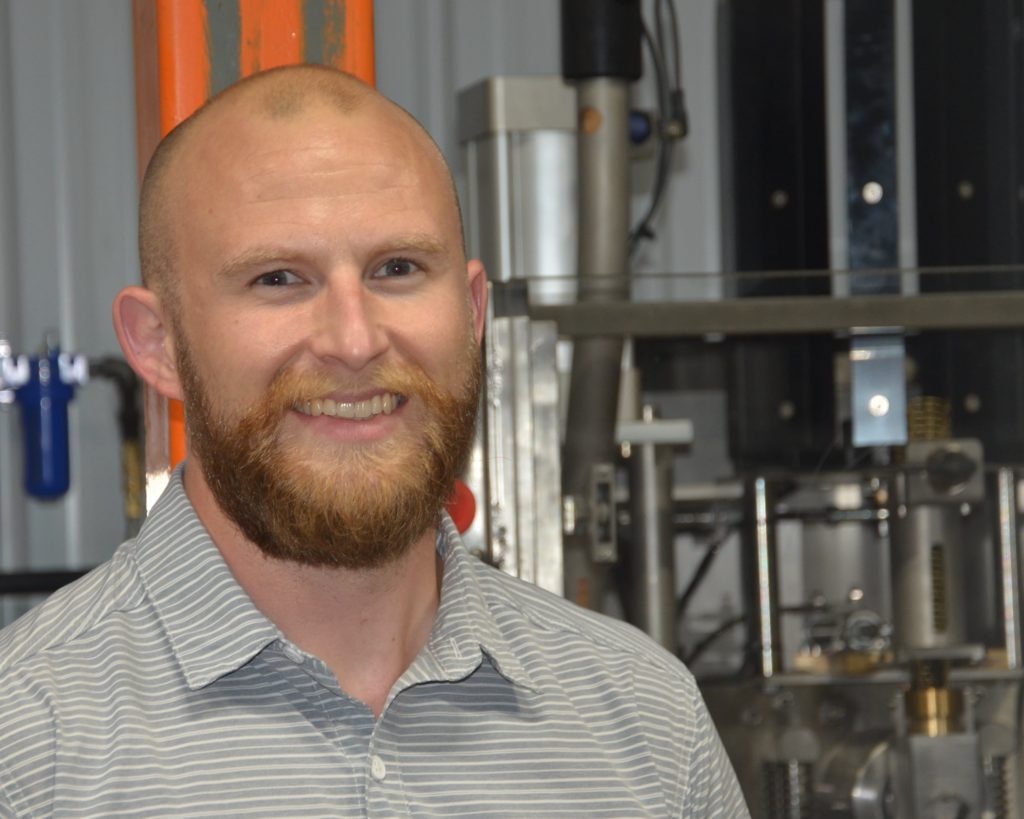Welcome to the blog where you will find musings from around the vineyard and winery. News from the founder Andrew Hodson, a glimpse from the cellar and more.
ANDREW'S NEWSLETTER
VINIFICATION
EVENTS AT VERITAS
Browse by Category
Experience Veritas
Weddings at Veritas
Shop Wines
How the English helped the French make Champagne
August 7, 2020
By Andrew Hodson, Veritas Winery in Charlottesville, VA
“You must be kidding – we all know that sparkling wine originated in and around the Champagne region of France -that’s why it is called Champagne because that’s where the grapes are grown and the wine is made.”
Only sparkling wine that comes from that specific region of France can be called “Champagne” the rest of the world is stuck with using “sparkling wine” to describe their bubbly. And to their credit the “Champenois” have done a fantastic job in branding Champagne and in so doing have premiumized the wine at the same time as protecting the growers and the producers of this glorified, overpriced commodity.
But as with all glorified commodities there is a fascinating backstory in which you would be surprised to know the role the English played in the evolution of France’s ultra-premium quintessence of French luxury- Champagne.. There are two twists to the story, one related to the origin of the Traditional Method of making sparkling wine and the second even more strangely to how the British Navy contributed to sparkling wine production.

The French would have you believe that the father of Champagne was a monk by the name of Dom Perignon1638-1715 whose work was published one hundred years after his death by one of his successors in Abbaye D’Hautvillers France.
There are several reasons to doubt the authenticity of Father Dom’s acclaim. The first and most obvious is that his work was published 100 years posthumously. Perignon, was an extremely fastidious human being, recording every detail, in detail of his prodigious studies that included
Being the first person to produce white wine from red grapes, cool harvesting as well as the Coquard press especially developed to make Champagne. Despite his multiple achievements he never actually described the making of a single bottle of sparkling wine. In fact there is a strong argument to be made that most of his work addressed the topic of how to prevent wine from becoming fizzy!
But even before the record of his works were published a paper written to the London Royal Society in December of 1662 entitled:
“Some Observations on the Ordering of Wine” by one Christopher Merrett, a prominent Fellow of the Royal Society and a practicing physician.

“Ordering” of wine in those days meant -production of wine and he went to say. “Our coopers of later times use vast quantities of sugar and molasses to all sorts of wines to make the drink brisk and sparkling and to give them spirit as also to mend their bad tastes ,all of which raisins and cute and stum perform.”
Brisk and sparkling speaks for itself and to give the wine “spirit” meant to increase the alcohol the last three words are a bit difficult to grasp; addition of raisins was the equivalent of adding yeast, for the second fermentation, “cute” Merrett explained was the addition of concentrated wine and “stum” he also explains “a little stum put to the wine decayed (read still) makes it ferment afresh” confirming the occurrence of a second fermentation.
So the process of what is called the “Traditional Method” or what at one time was “Methode Champenois” was not described by the French but by the English almost 50 years before Ruinart, the first Champagne house was established in 1729.
The second twist to the story involves the British Navy, the most lauded and prestigious military force of British colonialism in the seventeenth century. Well, at the time of Christopher Merrett the British Navy was establishing itself as the most powerful Navy in the world. To the consternation of the Admiralty the Brits were using oak trees to make charcoal at the expense of trees being used to build Admiralty naval vessels. Admiral Sir Robert Mansell appealed to James the first and was granted a Royal decree banning wood fired furnaces, the only alternative was to use coal. Well it so happens that coal burns at a much higher temperature than charcoal and glass made from a coal fired furnace is much stronger. In addition, trace amounts of iron and manganese that colors the glass green makes the glass even stronger. Like all good British entrepreneurs Mansell retired from the navy two years later having obtained a royal patent granting him monopoly for all coal- fired glassware he went on to make a fortune.

You might be wondering by now what has this all got to do with sparkling wine: quite simply British green glass bottles were able to withstand the high pressures generated in the bottles during the second fermentation; French glass bottles simply exploded. It always amazes me that single celled yeasts can continue to convert sugar into alcohol at a pressure of 5-6 atmospheres 50-60 pounds per square inch- roughly the pressure in the front tires of a double decker bus!
There we have it, two fundamental early steps in the evolution of Champagne that enabled the French to develop their most prized and valued export wine. It is true that these two first steps were crucial to the whole complex process of making Champagne as well as any traditional sparkling wine. Sugar and yeast, the liqueur de tirage are added to the base wine, the bottle is then sealed to allow the second fermentation, then the wine is left to mature on the lees. The yeast sits in the neck of the bottle, by riddling what the french call remuage, finally the sediment is removed through degorgement and the finishing touches are added with the liqueur d’expedition.
The end result, the clear sparking delight of a fully developed wine with all the thrills and fun that the wine celebrates.
None of that would have been possible without the contribution of Christopher Merrett and Sir Robert Mansell two English stalwarts of the British Empire.

You might also be wondering why I decided to do a blog about sparkling wine. Answer, our equipment is being installed as I write this piece. The Virginia Sparkling Company is about to go into production based in the same facility as Flying Fox on Critzer Shop Road, Elliott Watkins will be the man in charge, another stalwart Englishman who graduated in Enology from Plumpton College UK in 2012.

The next chapter in the story of the Veritas family.
Until next time,
Andrew Hodson
Chief Bottle Washer Retd.
[…] — the same method that is now used for méthode champenoise. This culminated in 1662, when English physicist Christopher Merret published a paper on this method for the London Royal […]